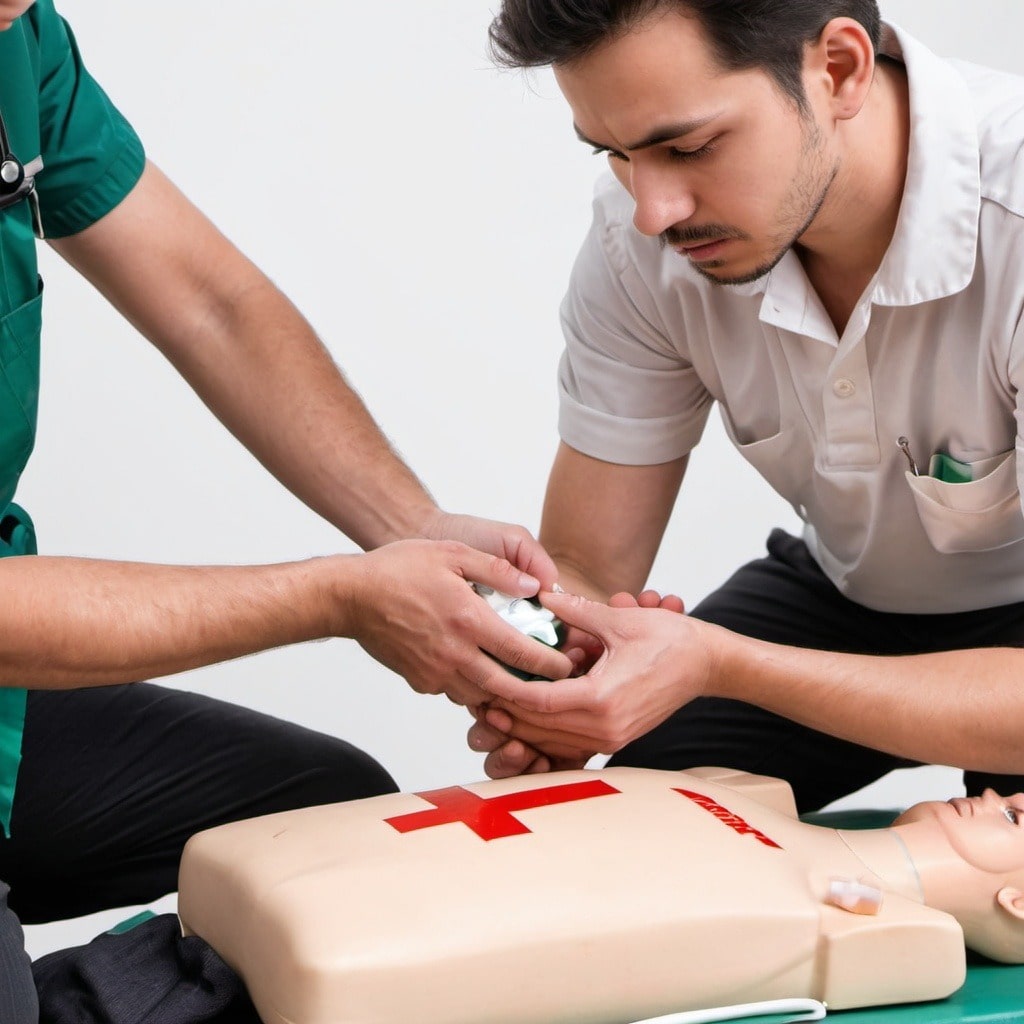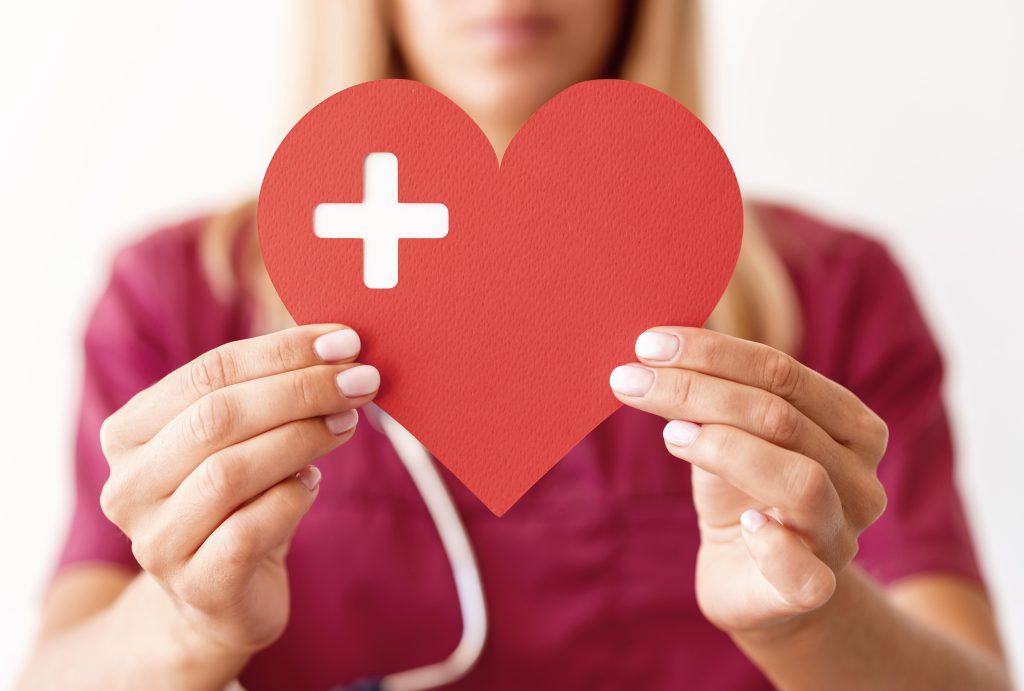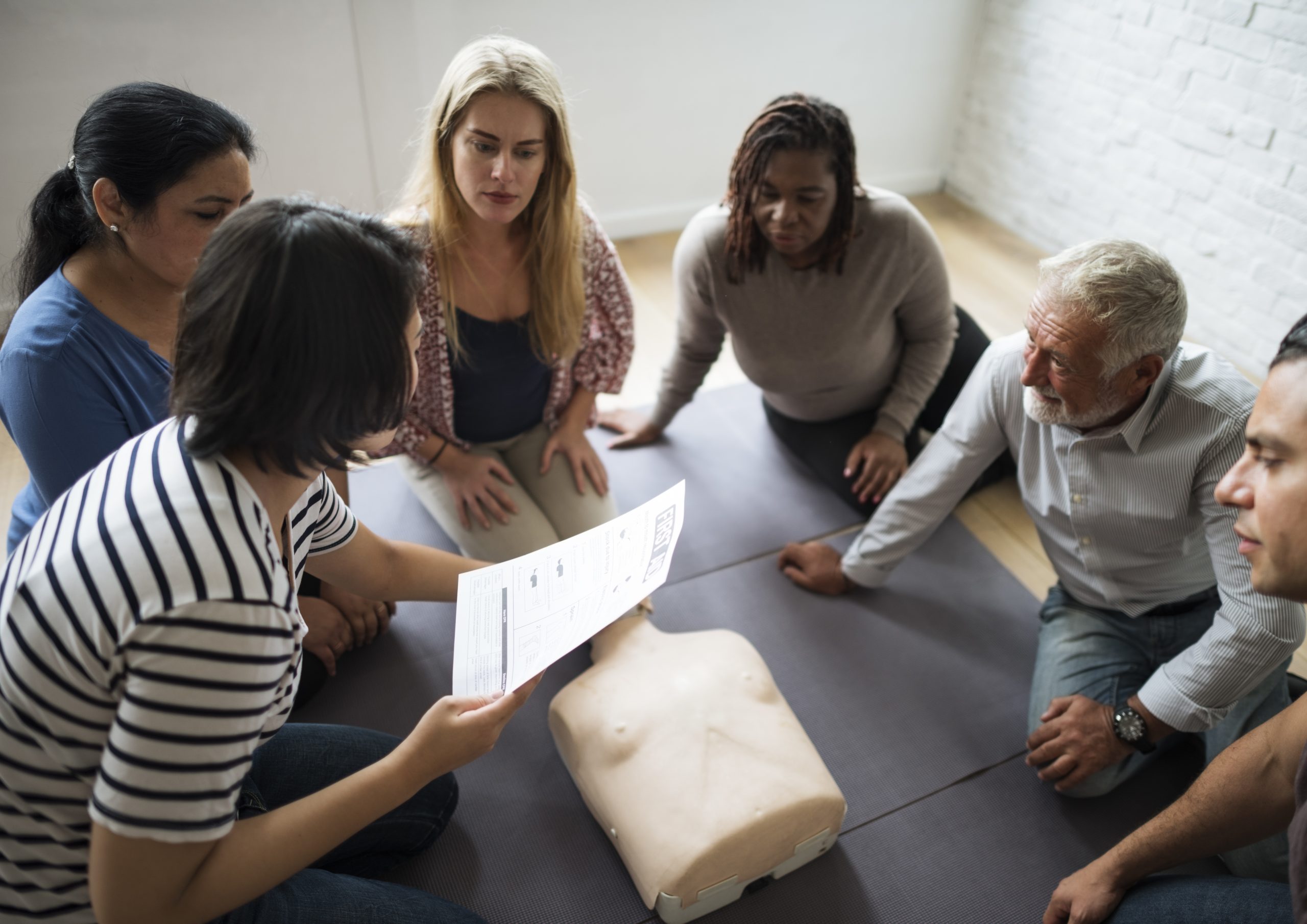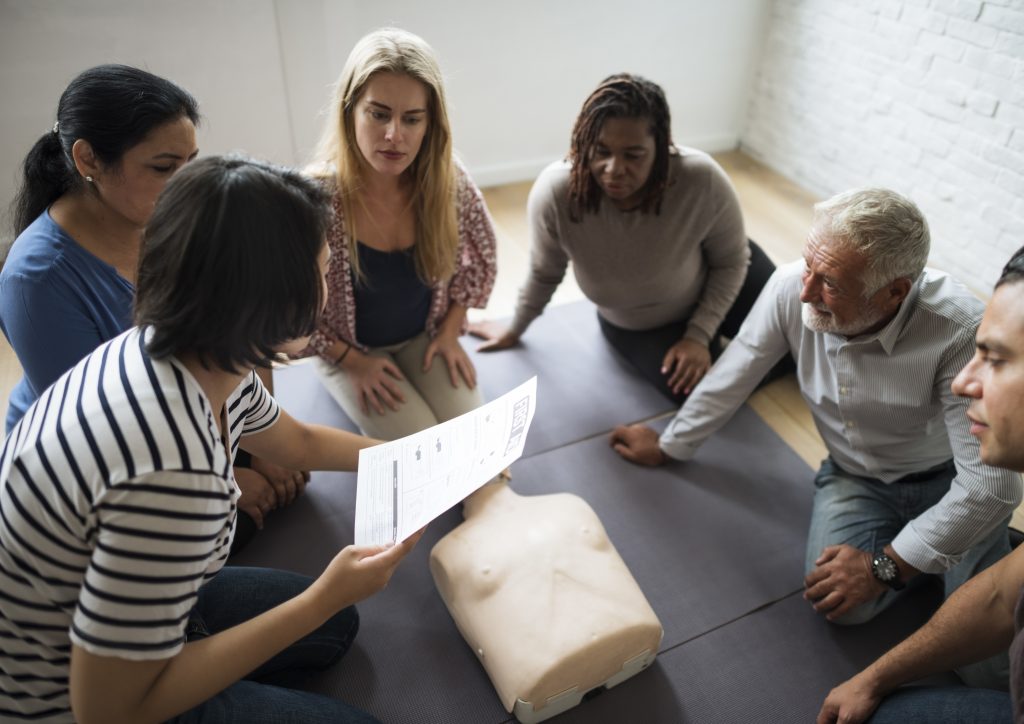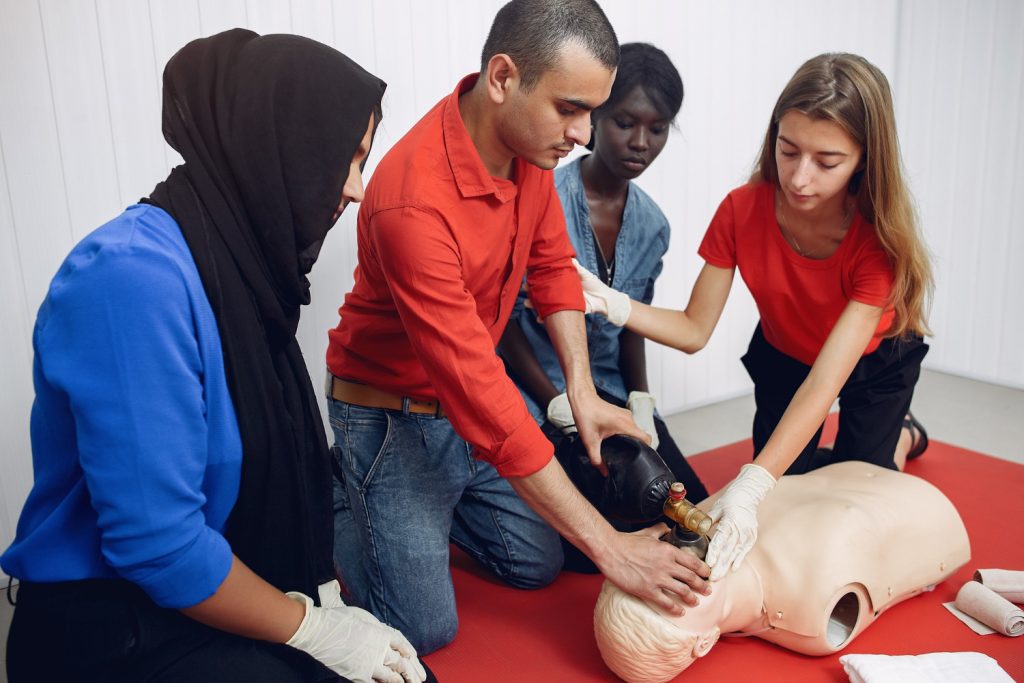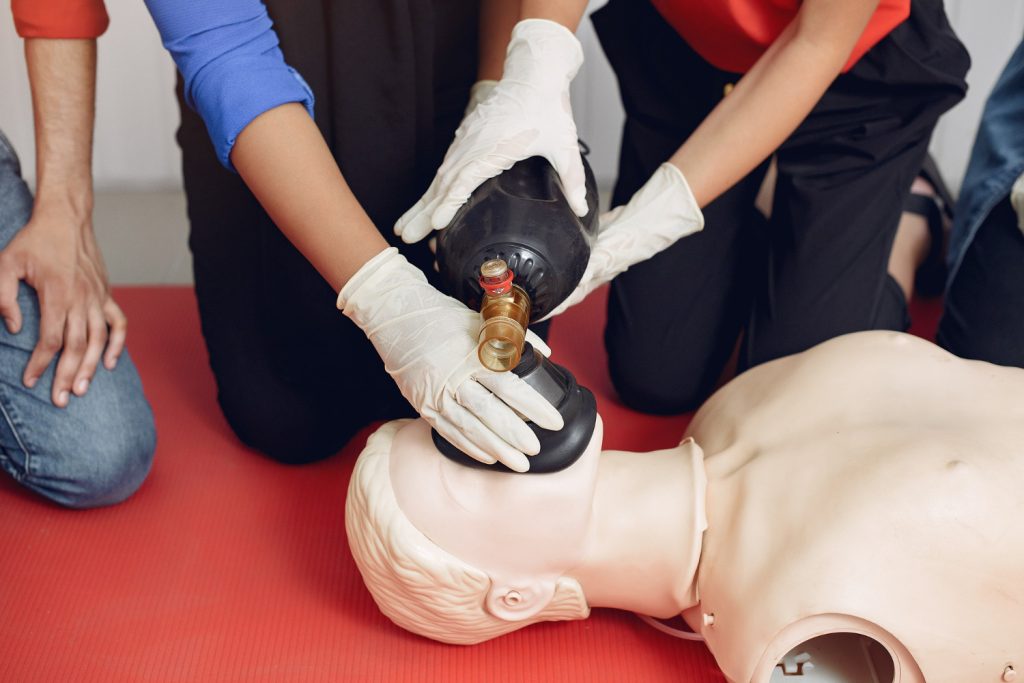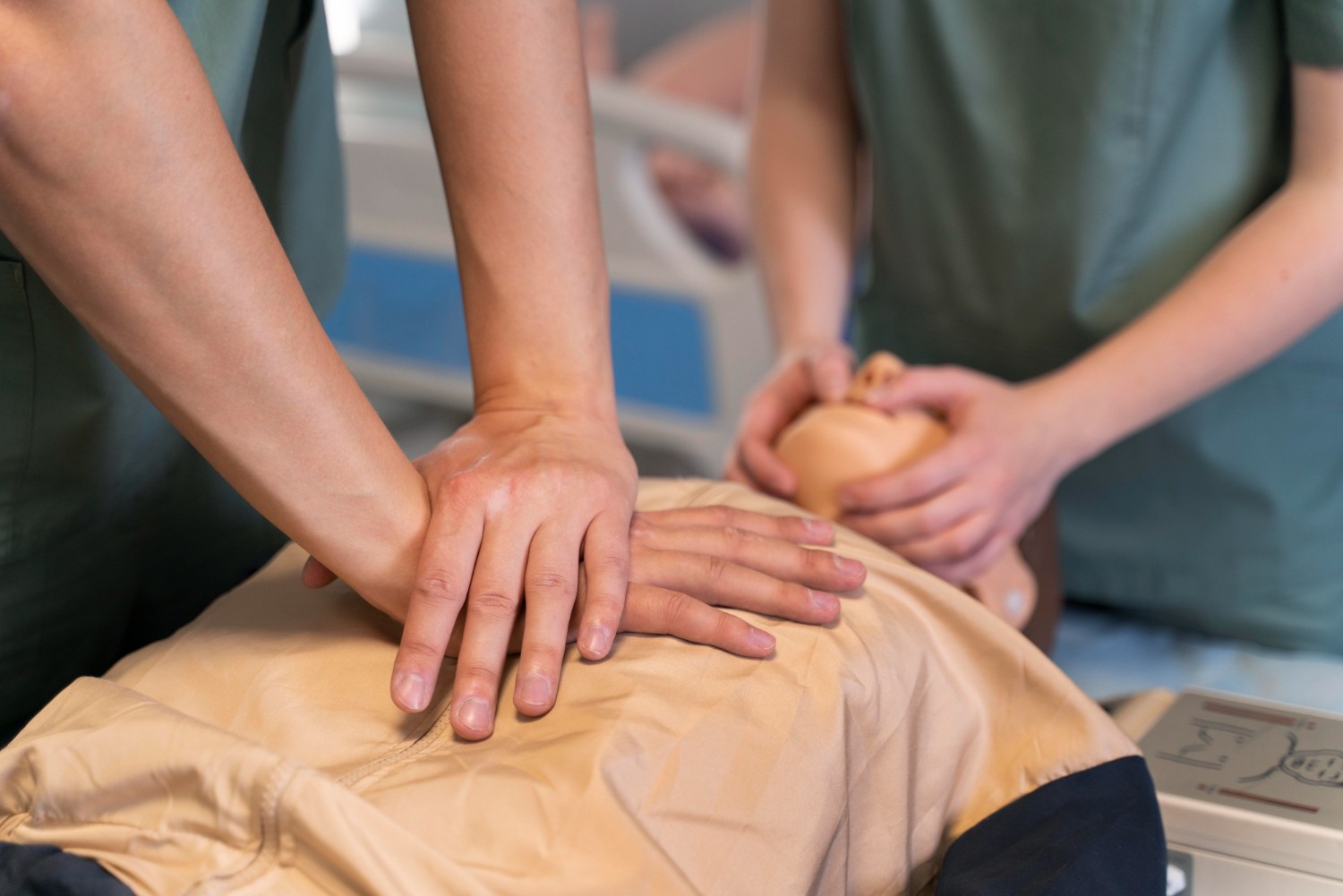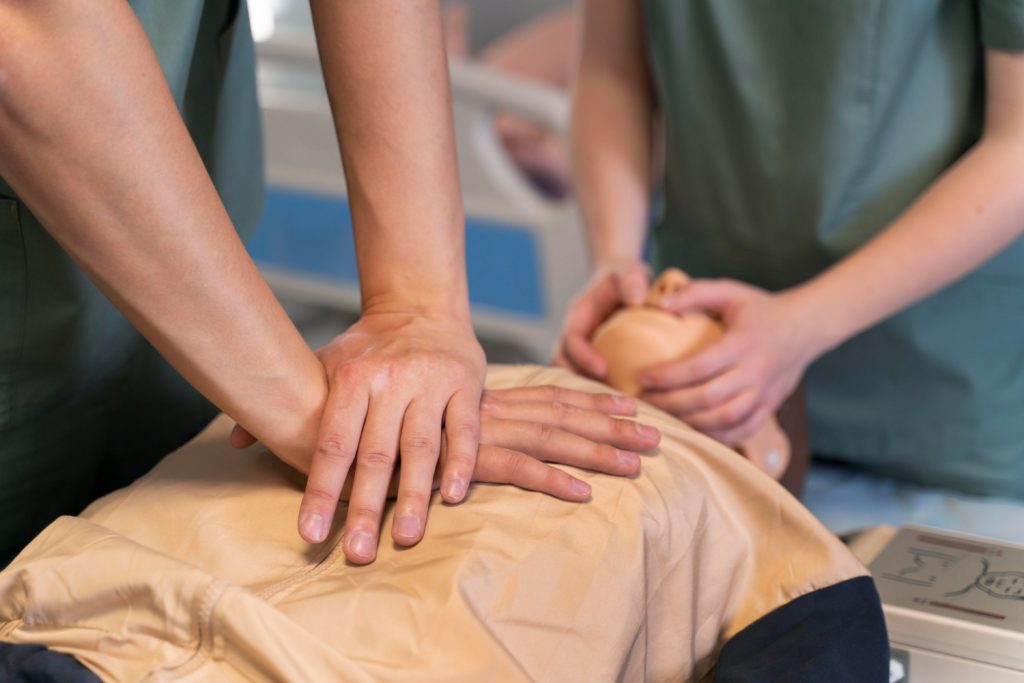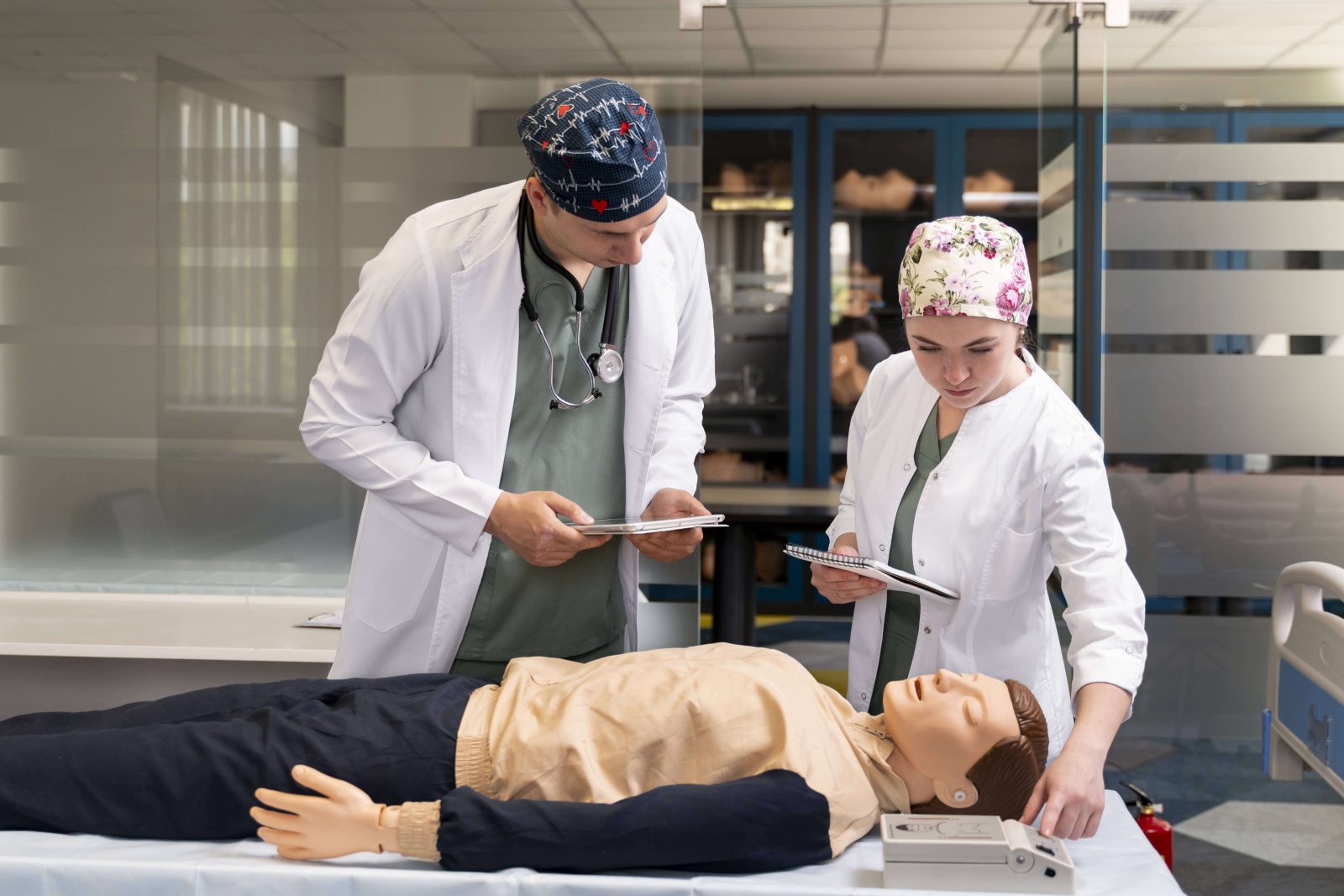Why CPR, BLS, AED, and First Aid Training Matters
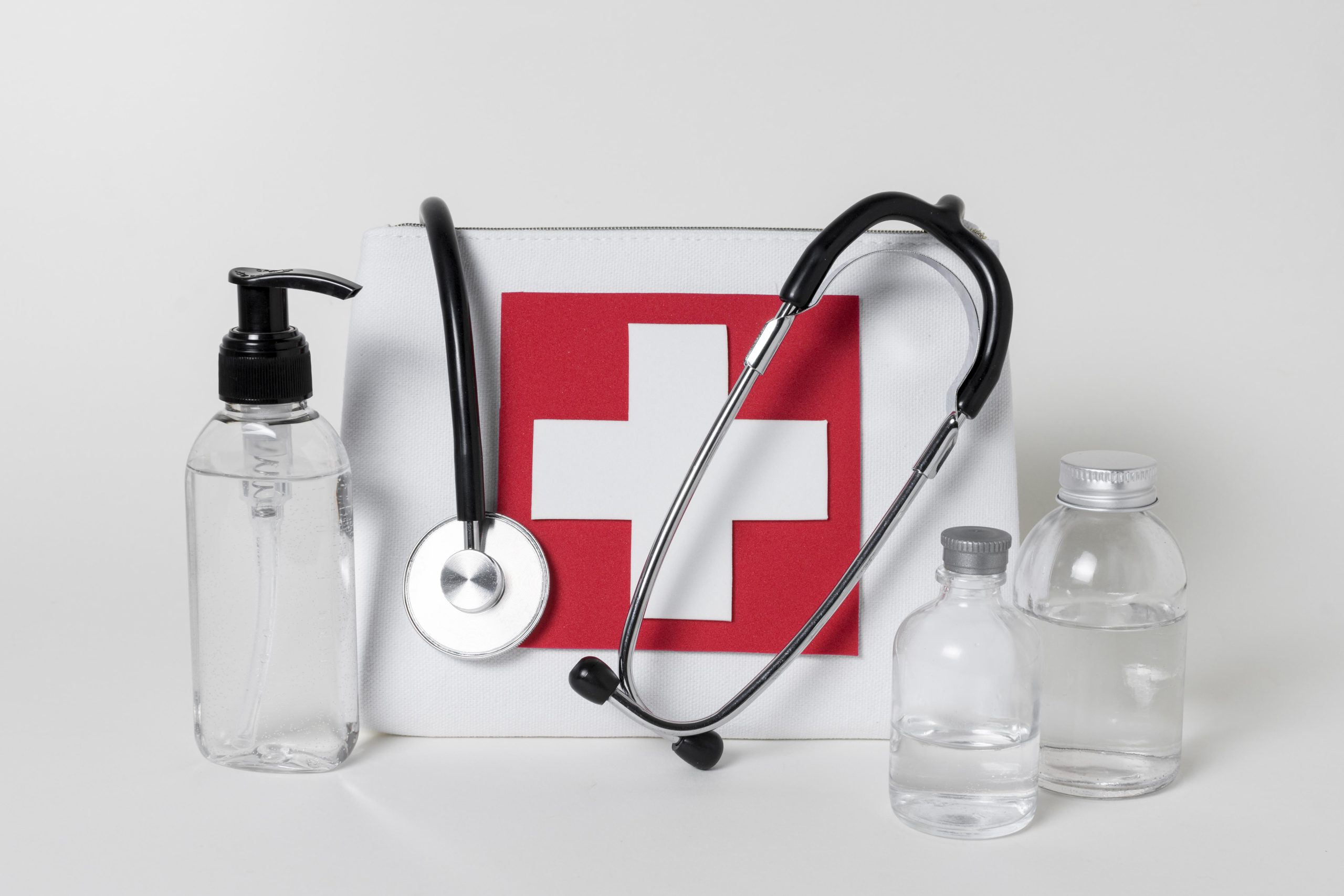
Why CPR, BLS, AED, and First Aid Training Matters
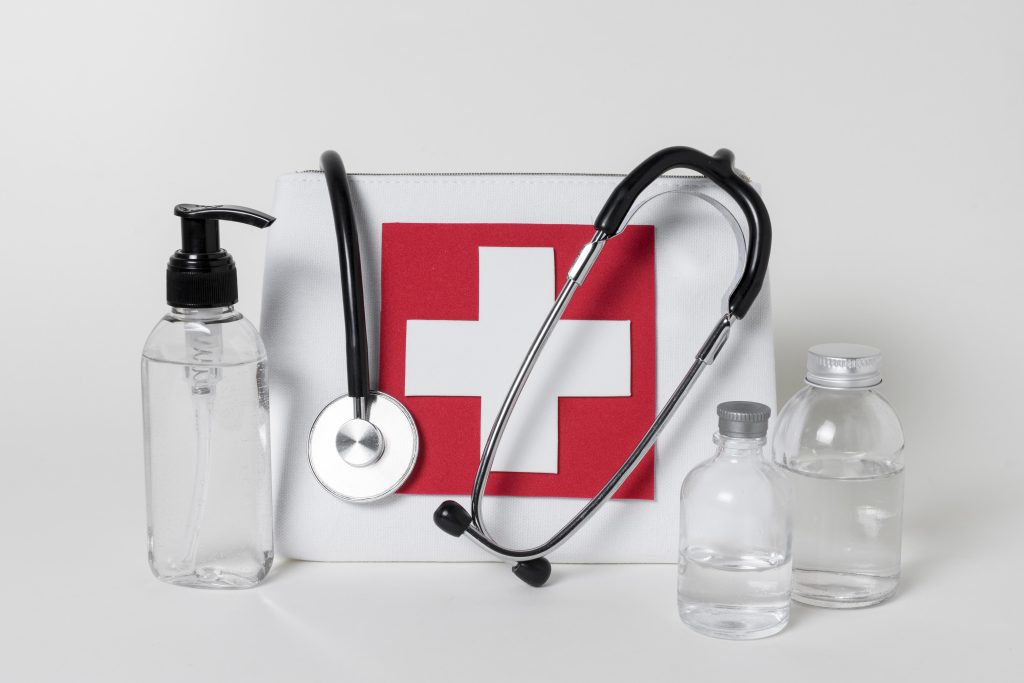
In times of crisis, the line between bystander and hero blurs, often defined by immediate action and life-saving skills. CPR, BLS, AED, and first aid training serve as the catalyst, transforming ordinary individuals into capable responders, ready to navigate emergencies with confidence and competence.
The Power of Preparedness
In an era where emergencies can strike unexpectedly, preparation is top. CPR, BLS, AED, and first aid training offer more than just knowledge; they provide a toolkit for action. From recognizing the signs of a heart attack to administering life-saving interventions, these skills empower individuals to take control of critical situations, turning potential tragedies into stories of survival.
Saving Lives Anywhere, Anytime
Medical emergencies are impartial to location or circumstance, striking without warning and demanding swift action. Whether you find yourself in the familiar confines of home, the bustling environment of your workplace, or amidst the hustle and bustle of your community, the need for immediate response remains constant. Imagine being the beacon of calm amid chaos, your hands steady as you administer life-saving CPR techniques to a loved one gasping for breath, or offering vital first aid to a stranger injured in a sudden accident. In these critical moments, every second counts, and your preparedness becomes the lifeline that bridges the gap between despair and hope. It’s not just about having the knowledge; it’s about embodying the readiness to act decisively when lives hang in the balance. Each intervention, whether in the quiet solitude of your home or the bustling streets of your neighborhood, serves as a poignant reminder of the profound impact of preparedness – a testament to the indomitable human spirit that refuses to yield in the face of adversity.
Community Resilience
The ripple effect of CPR, BLS, AED, and first aid training extends far beyond individual capabilities, fostering a culture of collective resilience within communities. As more individuals undergo training, the safety net grows stronger, with each person serving as a potential lifeline in times of need. This interconnected web of readiness transforms communities into safer, more supportive environments where lives are not only protected but cherished.
Personal Empowerment
The journey of acquiring CPR, BLS, AED, and first aid training transcends mere skill acquisition; it’s a transformative experience that nurtures a profound sense of empowerment within individuals. Picture yourself as you undergo the training, absorbing each technique with intent and determination. With each lesson learned and skill mastered, a newfound confidence begins to take root, blossoming into a steadfast readiness to confront any challenge that may arise.
In the realm of emergency response, empowerment emerges not from the possession of knowledge alone, but from the opinion to wield it effectively in the face of difficulty. Consider the scenario of administering CPR to a victim of sudden cardiac arrest – a situation fraught with urgency and uncertainty. In that critical moment, your training becomes more than just a set of instructions; it becomes a lifeline, bridging the chasm between life and death. As you take charge, applying chest compressions with precision and clarity, you embody the epitome of personal empowerment – a source of hope among despair.
Yet, the world of first aid extends beyond cardiac emergencies, encompassing a diverse array of scenarios ranging from traumatic injuries to allergic reactions. In each instance, the ability to act decisively reaffirms our innate capacity to be heroes in our own right. Whether stabilizing a bleeding wound, administering an epinephrine injection, or simply providing reassurance to a frightened individual, every action serves as a testament to the transformative power of preparedness.
Indeed, the journey of CPR, BLS, AED, and first aid training transcends the realm of skill acquisition; it’s a voyage of self-discovery and empowerment. With each skill acquired and every scenario mastered, individuals emerge not just as responders, but as agents of change – poised to make a difference in the lives of those around them. So, embrace the journey, harness the power of preparedness, and unlock the boundless potential that lies within.
Stories of Survival
Behind every statistic lies a story – tales of courage, resilience, and the power of human compassion. Real-life accounts of individuals who intervened during emergencies serve as powerful reminders of the impact of timely intervention. From reviving a stranger on the street to providing life-saving aid in the aftermath of accidents, these stories underscore the critical importance of CPR, BLS, AED, and first aid training in preserving precious lives.
Lifesaving Technologies
Advancements in technology have ushered in a new era of emergency response, providing innovative tools that amplify our capacity to save lives. Among these game-changing technologies, Automated External Defibrillators (AEDs) stand out as a beacon of hope in the fight against sudden cardiac arrest (SCA). These portable devices are designed to deliver a controlled electric shock to the heart, effectively restoring normal heart rhythm in individuals experiencing SCA.
By integrating AED training into CPR courses, individuals not only learn the fundamentals of cardiopulmonary resuscitation but also acquire the skills to operate these life-saving devices with confidence and precision. Through hands-on practice and simulated scenarios, trainees become adept at recognizing when to deploy an AED, how to properly attach electrode pads, and when to administer a shock – all crucial steps in maximizing the chances of survival for SCA victims.
Furthermore, AEDs are designed with user-friendly interfaces and audio prompts, ensuring that even individuals without prior medical training can effectively operate them in high-stress situations. This accessibility empowers bystanders to take immediate action during cardiac emergencies, bridging the gap between the onset of SCA and the arrival of professional medical assistance.
Beyond their role in cardiac emergencies, technological advancements continue to expand the scope of first aid interventions. From smartphone applications that provide real-time CPR guidance to wearable devices that monitor vital signs and detect medical emergencies, the landscape of emergency response is evolving at a rapid pace.
Moreover, the integration of telemedicine and remote monitoring technologies enables healthcare professionals to provide timely guidance and support to bystanders administering first aid in remote or underserved areas. This collaborative approach leverages the power of technology to extend the reach of emergency medical services, ensuring that life-saving interventions are accessible to all, regardless of geographical location or resource constraints.
In essence, the synergy between lifesaving technologies and traditional first aid training represents a paradigm shift in emergency response, equipping individuals with the knowledge and tools needed to intervene decisively in critical situations. By embracing these advancements and incorporating them into training curricula, we empower everyday heroes to rise to the occasion and make a tangible difference in the lives of those in need.
Accessibility and Training Programs
Fortunately, acquiring CPR, BLS, AED, and first aid training has never been more accessible.Training programs cater to diverse audiences, offering flexible scheduling options and hands-on instruction tailored to individual needs. Whether you’re a concerned parent, a dedicated healthcare professional, or simply someone who wants to make a difference, there’s a training program out there for you.
If you’re seeking a trusted partner in your journey towards preparedness, consider CPR Classes Near Me Austin. Our comprehensive courses are designed to equip individuals with the skills and confidence needed to navigate emergencies effectively. With experienced instructors, interactive learning modules, and a commitment to excellence, we’re dedicated to empowering everyday heroes in our community.
Remember, the decision to undergo CPR, BLS, AED, and first aid training is more than just a choice – it’s a commitment to safeguarding lives and upholding the value of human dignity. So, why wait? Take the first step towards becoming a hero today, and join us in the mission to create safer, more resilient communities for all.
Frequently Asked Questions (FAQ)
Who should undergo CPR, BLS, AED, and first aid training?
CPR, BLS, AED, and first aid training are beneficial for individuals of all backgrounds and professions. Whether you’re a healthcare professional, educator, parent, or concerned citizen, acquiring these life-saving skills equips you to respond effectively in emergencies and potentially save lives.
How long does CPR, BLS, AED, and first aid training typically take?
The duration of training varies depending on the specific course and provider. Typically, CPR and first aid courses can range from a few hours to a full day, while more comprehensive BLS (Basic Life Support) courses may span multiple days. Many training programs offer flexible scheduling options to accommodate busy lifestyles.
Is CPR, BLS, AED, and first aid training certification necessary?
While certification is not always mandatory, many employers and organizations require individuals to hold valid CPR, BLS, AED, and/or first aid certification as part of their job requirements. Additionally, certification provides tangible evidence of competency and may be necessary for certain professional roles.
Are there refresher courses available for individuals who have previously completed CPR, BLS, AED, or first aid training?
Yes, refresher courses are available for individuals looking to renew their skills and certification. These courses are designed to reinforce knowledge, update participants on any changes in guidelines or protocols, and ensure continued competency in emergency response techniques.
How often should CPR, BLS, AED, and first aid certifications be renewed?
Certification renewal intervals vary depending on the accrediting organization and specific requirements. In general, certifications typically need to be renewed every one to two years to ensure that individuals remain up-to-date on the latest techniques and guidelines.
AHA BLS CPR & AED Classes
About Author:
admin
Recent Posts
- How to Create a Workplace First Aid Plan That Saves Lives
- Why Pair CPR Certification with First Aid Training: The Complete Safety Combo
- Tips to Pass Your CPR Certification Test the First Time
- Hospitality Staff: Why CPR Training Is a Must-Have
- The Importance of CPR and AED Training for Flight Attendants

